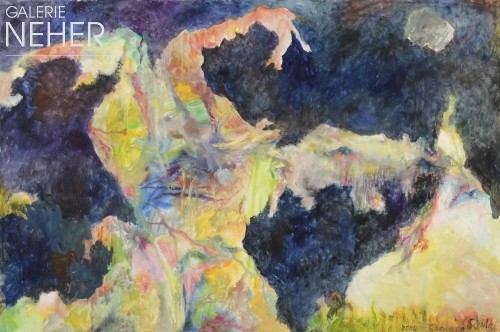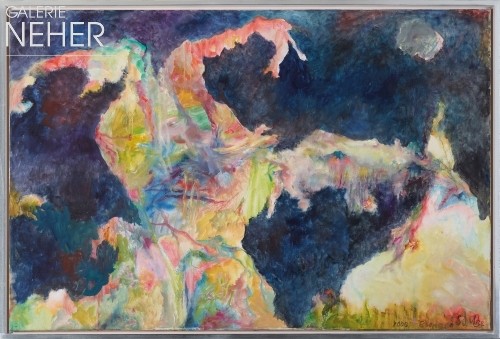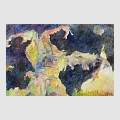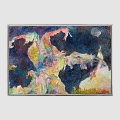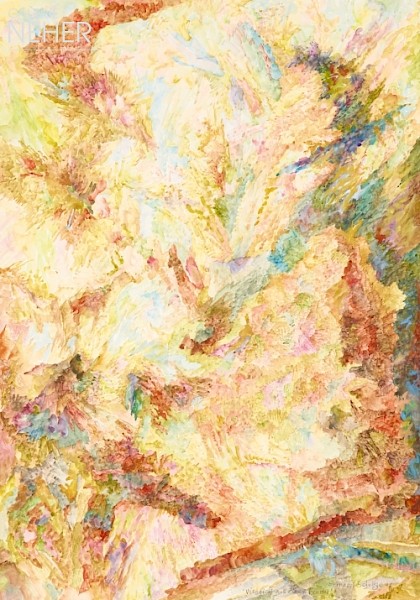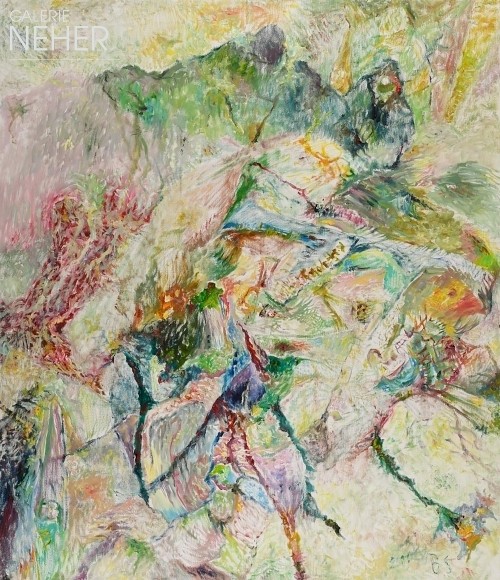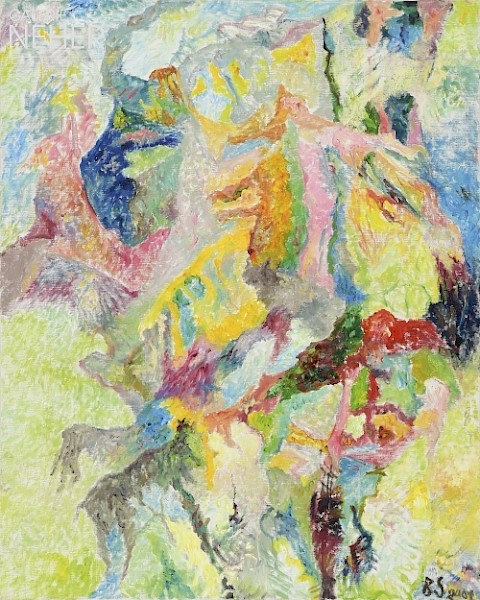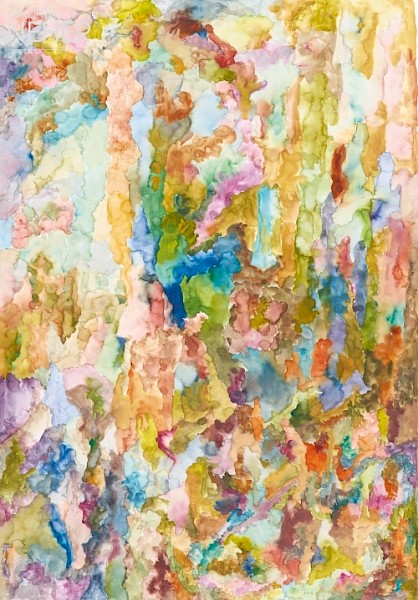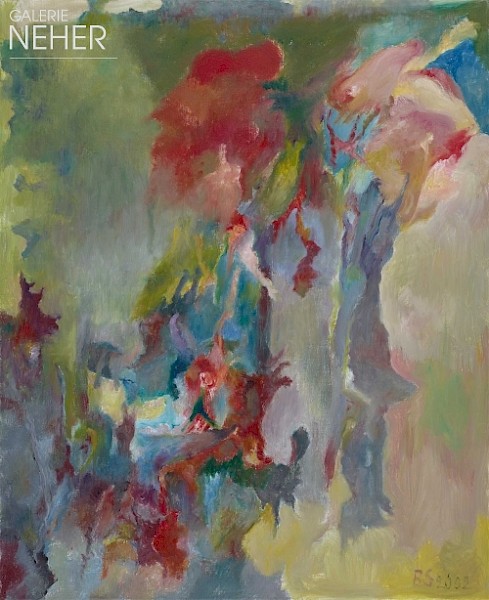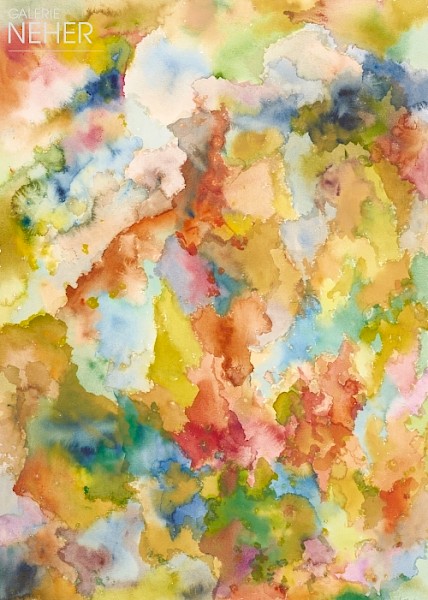About the work
In 1933, the young Bernard Schultze, a quiet, pale, young man, decided against the will of his strict father to commence with art studies at the Hochschule für Kunsterziehung (University for Art Education, ultimately integrated into the University of the Arts Berlin). In the library there, he discovered a volume about the Belgian painter James Ensor, "who my teacher Willy Jaeckel urgently advised me to steal from”, as he later reported.
The carnival scenes of the Symbolist, his demonic figures, masks and skeletons, the multi-figured, burlesque scenes deeply impressed the budding painter. As did the medieval paintings of Matthias Grünewald or Albrecht Altdorfer’s The Battle of Alexander at Issus, with its teeming tumult beneath the glowing red, rising sun, while the moon pales and disappears behind clouds. "I was fascinated, as with Grünewald, Altdorfer, Kubin, Bosch and later Ensor, by the ambiguity of the visible, their visionary expansion into a different reality. I saw the fantastique of the motifs, this tear in reason. They opened up other spaces. Reality always appeared to me to be more than what we see.”
One almost has the impression that the ageing artist wanted to establish a link once again with the predecessors in this nocturnal landscape with the enormous, towering, surreal entities of colour and the bright celestial body against the dark firmament: with Ensor’s mysterious, often seemingly threatening, clownish figures, as well as with Altdorfer’s famous world landscape beneath a black-blue sky.
Text authored and provided by Dr. Doris Hansmann, Art historian
Studies of art history, theater, film and television, English and Romance Languages at the University of Cologne, doctorated in 1994. Research assistant at the Art Museum Düsseldorf. Lecturer and project manager at Wienand Verlag, Cologne. Freelance work as an author, editor and book producer for publishers and museums in Germany and abroad. From 2011 chief editor at Wienand Verlag, from 2019 to 2021 senior editor at DCV, Dr. Cantz’sche Verlagsgesellschaft, Berlin. Numerous publications on the art of the 20th and 21st centuries.
